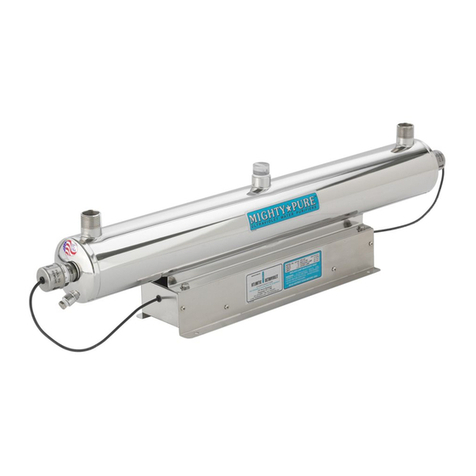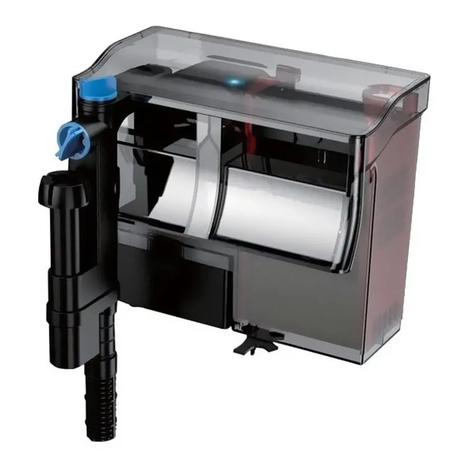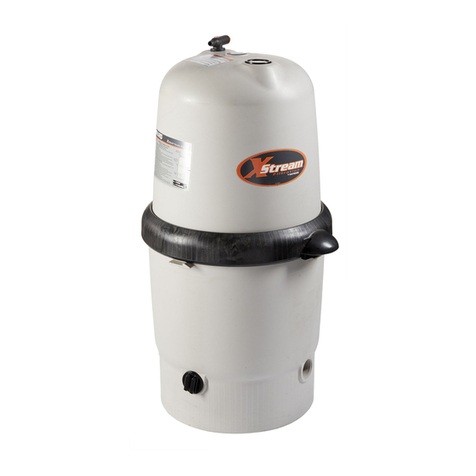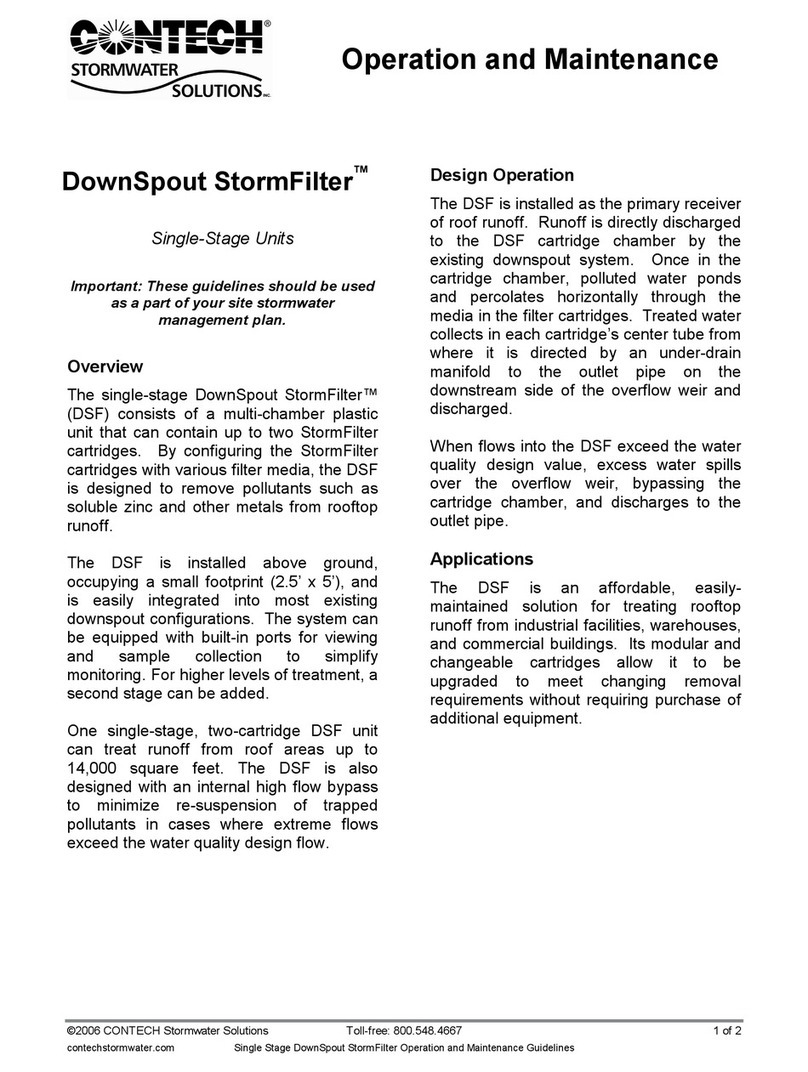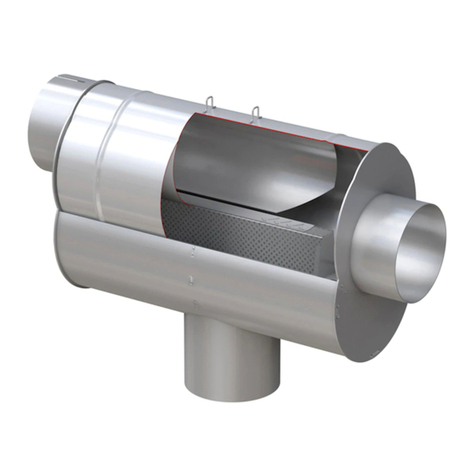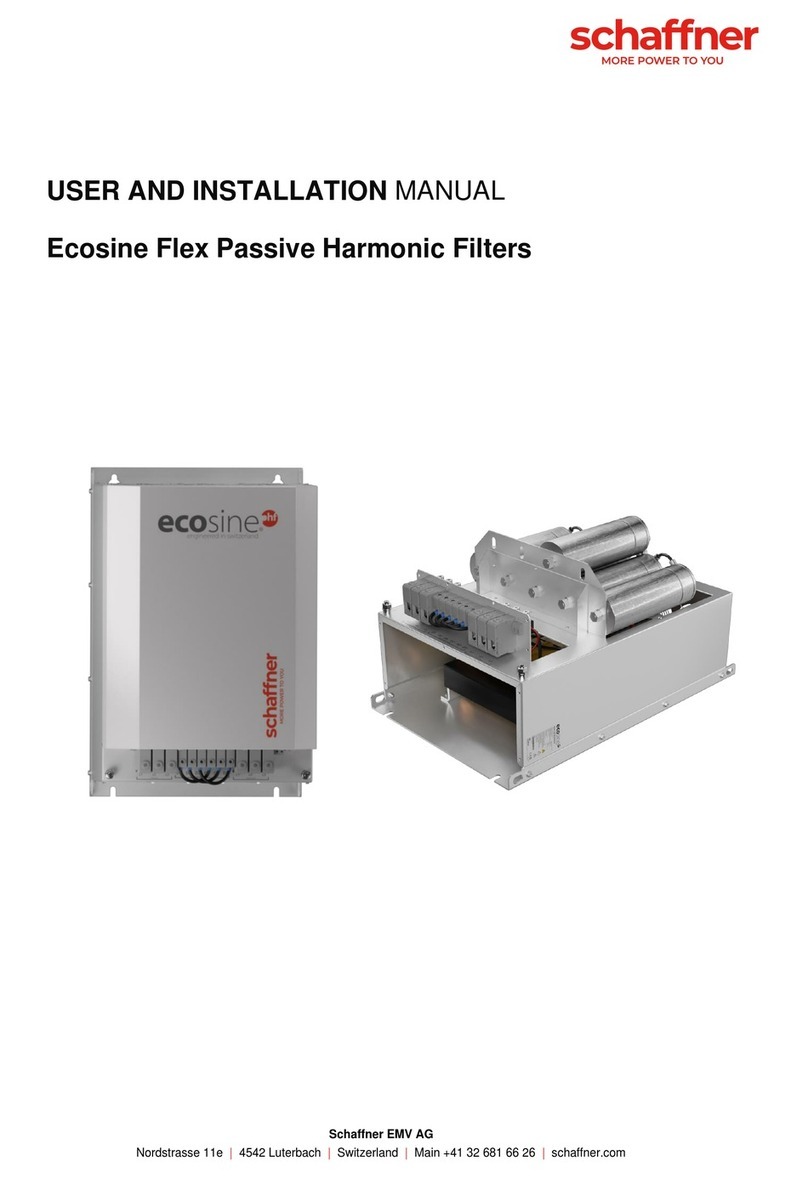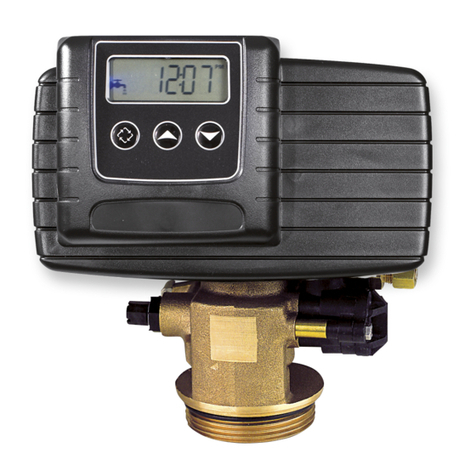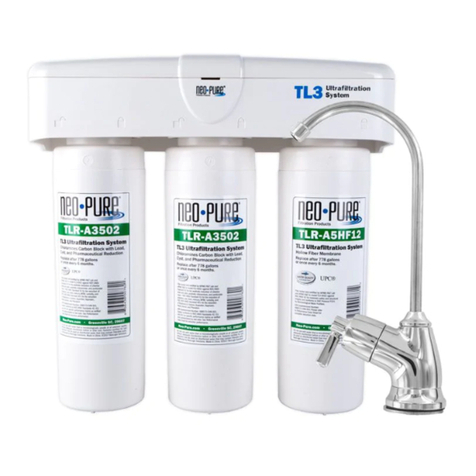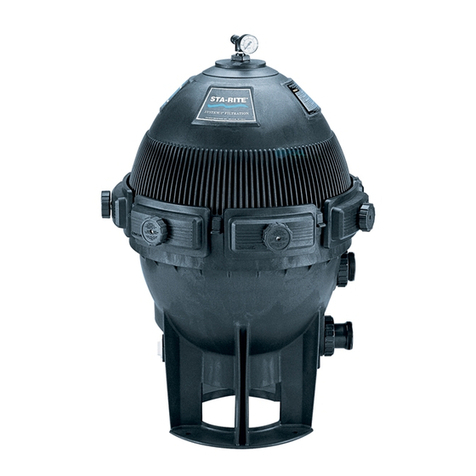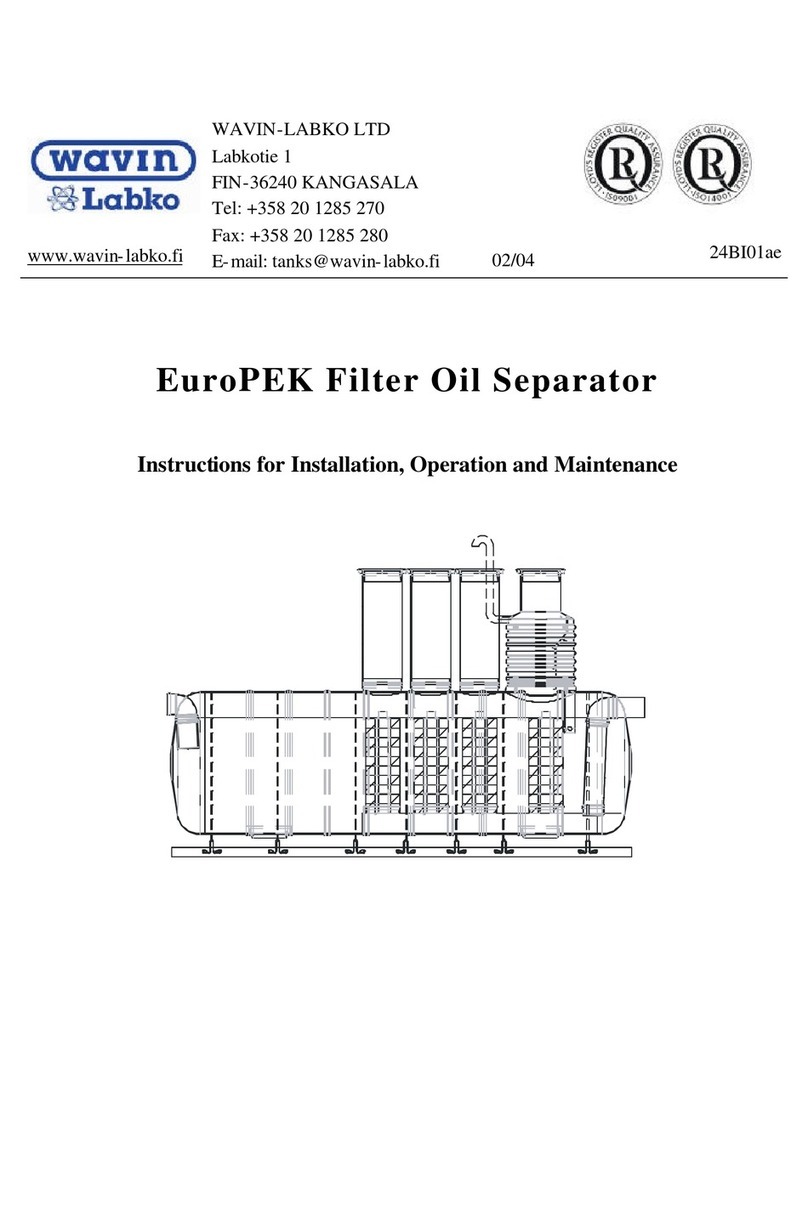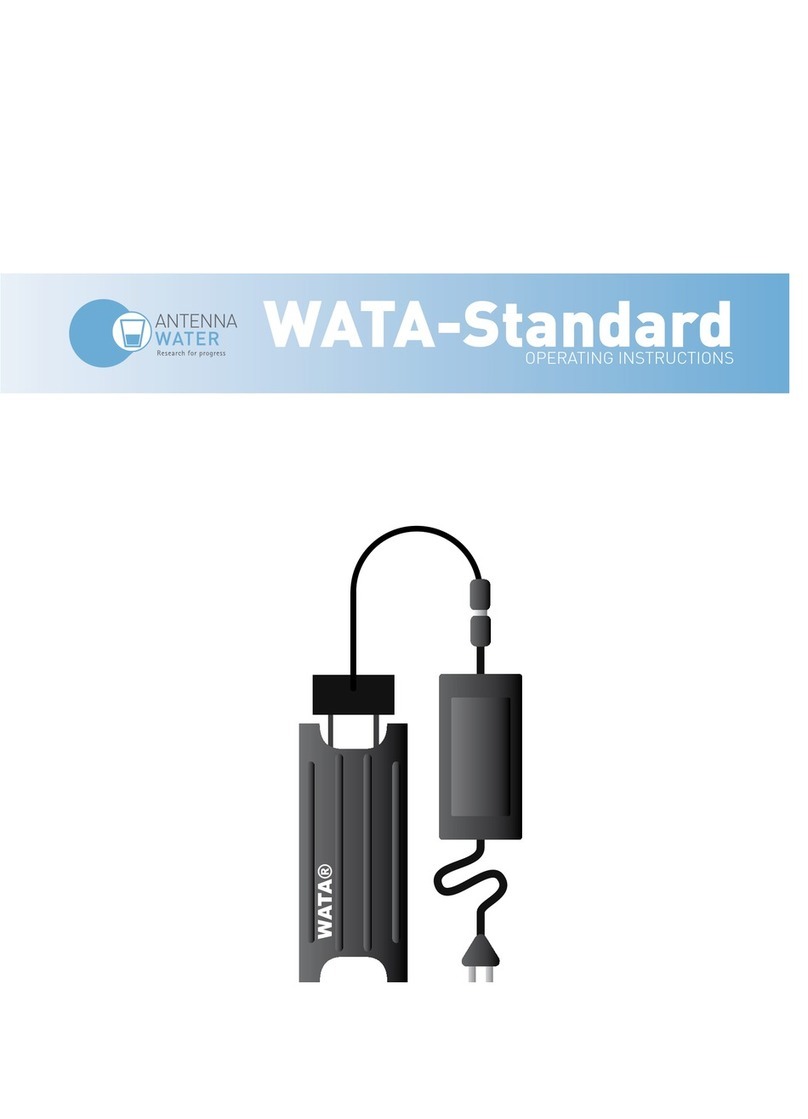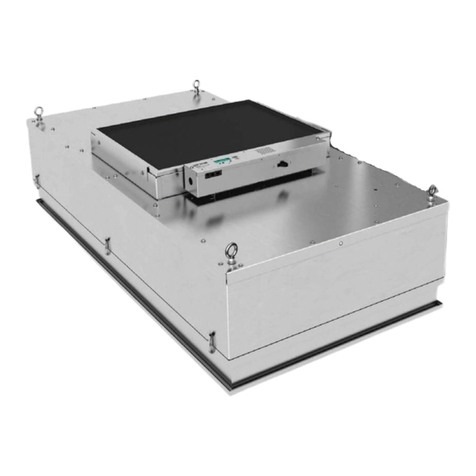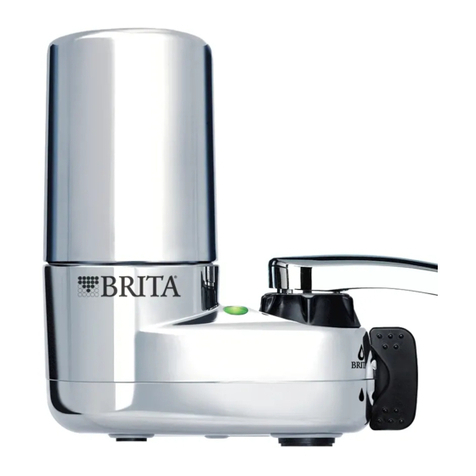
EuroHEK Sand and Sludge Trap 16AI01ae
WAVIN-LABKO LTD6
2.3 Accessories
2.3.1. Anchoring belts
The tank should be anchored by means of non-stretching polyester belts. The nominal
capacity of the belt is determined by the tank size and the type of ratchets by the
surrounding ground. You will need as many anchoring belts as the sand and sludge trap
is long in metres. In demanding conditions, the security can be enhanced by increasing
the amount of belts. Instructions for belt dimensioning can be found e.g. on the Wavin-
Labko web pages www.wavin-labko.fi.
In easy corrosion environments (calcareous or sandy soil, gravel, loamy sand, soil layers
above ground water surface which pass air well or relatively well), electroplated zinc
coated ratchets can be used to tighten the belts.
In highly corrosive environments (clayey soil, humus, peat, slag, mud, sulphides,
ground water level fluctuation zones as well as coast areas), stainless ratchets are
recommended.
Tanks of diameter 1 m are anchored by tying the belts tightly onto the lugs on the slab.
The nominal capacity of each belt should in this case be at least 2000 kg. Tanks the
diameter of which exceeds 1 m should always be anchored with belts that are tightened
by means of ratchets. In this case, also the nominal capacity of the belt should be
higher:
-tank diameter 1,4...2,2 m, easy corrosion environments; nominal capacity 4000 kg,
electroplated zinc coated ratchets and hooks,
-tank diameter 1,4...2,2 m, highly corrosive environments; nominal capacity 2500 kg,
stainless ratchets and hooks,
-tank diameter 3,0 m; nominal capacity 4000 kg, stainless ratchets and hooks.
The anchoring belts are available as accessories at Wavin-Labko.
2.3.2. Maintenance shaft
The maintenance shafts EuroHUK 600 and LM-HUK and the cast iron cover and frame
5…40 t are available as accessories for the sand and sludge trap EuroHEK. The gaskets
enable a watertight installation of the maintenance shafts. The type of the maintenance
shaft is selected according to the installation depth of the sand and sludge trap, as
presented in the following table:
Table 1. Determining the EuroHUK and LM-HUK maintenance shaft
Type of the maintenance shaft 9-13 13-17 17-21 21-25
From inlet sewer to ground surface (mm) 900-1300
1300-1700
1700-2100
2100-2500
2.3.3. Cast iron cover and frame
The cast iron cover and frame of the maintenance or sampling shaft are chosen
according to the traffic load above the separator system (5, 25 or 40 t).
2.3.4. SandSET 101 sludge alarm
SandSET 101 is available as an accessory for the sand and sludge traps EuroHEK 600-
8000. SandSET 101 is an ultrasonic sludge alarm device, which signals when the sludge
